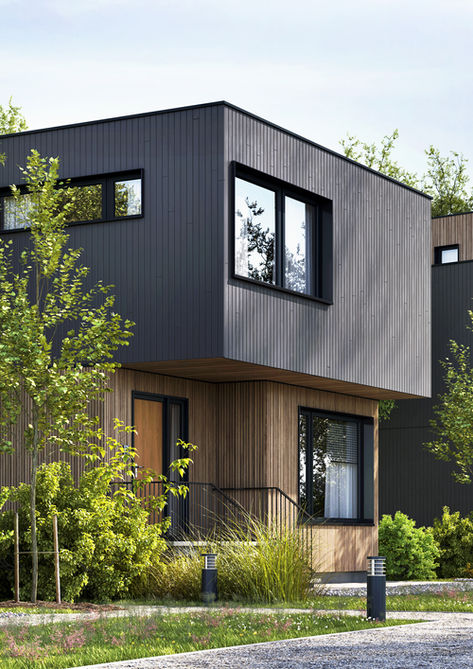
Key trends & future prospects:
1. Modular construction & prefabricated housing
Prefabricated and modular homes offer quickly deployable and cost-efficient solutions. These construction methods require approximately 20–50% less time and money, making them ideal for housing situations with limited space.
2. AI & automation in small living spaces
Smart living makes extensive use of AI-powered automation to control lighting, heating, security, and even furniture. Systems automatically adapt to your habits for a seamless living experience.
3. Space-saving furniture & flexible interiors
Furniture that serves multiple functions, such as beds that disappear into the wall or tables that adapt to the situation, has now become mainstream in compact homes.
4. Off-grid living & energy autonomy
A growing number of tiny homes are equipped with solar panels, energy storage, rainwater harvesting, and composting systems. This allows these homes to operate independently of the grid.
5. Physically expandable smart homes
Innovations such as modular living units demonstrate how technology can enable compact living arrangements to be scaled when needed without using additional land.
6. Biophilic design & wellness focus
Tiny homes of 2025 and beyond are designed with natural materials, abundant daylight, and zones for meditation or movement. They promote mental and physical health.
7. Community living & tiny house villages
Community concepts in which multiple compact homes are built around communal spaces—such as gardens, workspaces, or recreation areas—are gaining popularity. This offers social cohesion and shared amenities.
8. Regulation & changing regulations
More and more cities and regions are relaxing their regulations regarding tiny houses. This makes it easier to live in a circular, sustainable home on a small scale.
Why the shift to compact living?
Rising housing prices and limited vacant space. Smart, compact homes are more affordable and efficient.
Sustainability pressure : living with a smaller ecological footprint, less energy and material consumption.
Lifestyle change : the preference for intentional living and minimalism fits well with smart living ideas.
Conclusion
Smart living, as a concept for smaller living, combines technology, sustainability, and a consciously minimalist lifestyle. From AI-driven automation and space-saving furniture to energy-independent homes and community-based cohabitation.
The future of living is compact, efficient and connected — both technologically and socially.


